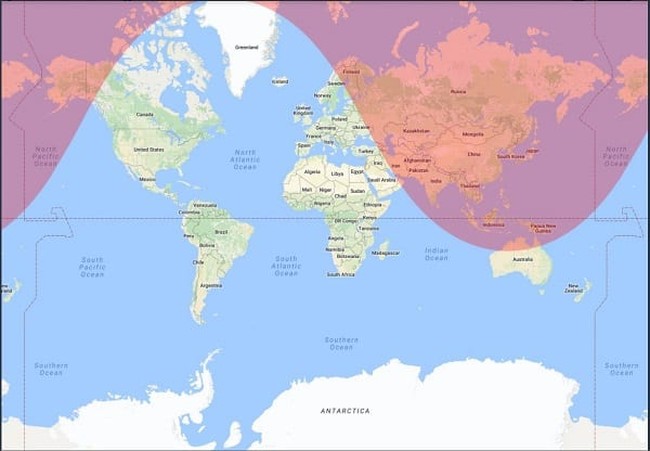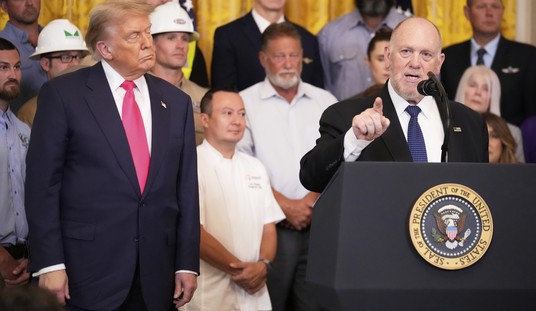The July 4 (Korean time) launch of a weak ICBM or strong IRBM by North Korea has moved us one step closer to war with North Korea.
The missile, which had a flight time of 37 minutes, according to the US PACOM announcement

This translates into a max range of about 4200 miles.

To put it in context, the shaded area is now the area that can be hit by a North Korean missile

There are three things to keep in mind.
First, the United States will continue to call the missile an intermediate range ballistic missile because to call it an intercontinental ballistic missile would be to take a political step that the administration doesn’t want to take right now. But we are rapidly nearing the point where a launch will be unambiguously an ICBM.
Second, this test was aimed as much at China as it was at the United States. China has been applying pressure to North Korea–restricting exports of diesel and gasoline to North Korea and refusing to buy North Korean coal–in hopes of modifying its behavior.
North Korea’s announcement of an intercontinental-ballistic-missile test intensifies pressure on Beijing to penalize Pyongyang or risk further tensions with Washington as the U.S. and Chinese presidents prepare to meet this week.
Tuesday’s test of the Hwasong-14 missile marked a setback for Beijing, analysts said, undermining its repeated calls for the U.S. to negotiate with North Korea and increasing the risk that the Trump administration could turn to military action to quash Pyongyang’s nuclear and missile programs.
The test also provides political leverage for U.S. President Donald Trump at meetings with Chinese President Xi Jinping and other world leaders at a summit of the Group of 20 major economies in Germany later this week. Mr. Trump is expected to try to rally other international leaders behind stricter United Nations sanctions on North Korea and urge stronger measures by China to restrain North Korean leader Kim Jong Un.
The Chinese government is divided between blocs who see a nuclear North Korea as a threat to regional stability and, therefore, a threat to China and those who see a nuclear DPRK as an American problem. This test will intensify that debate.
Third, North Korea is not the USSR. A nuclear North Korea with an operational ICBM cannot be handled by the Mutually Assured Destruction (MAD) model. The North Korea land mass it too small to hit with a US ICBM and not splash a non-trivial amount of fallout on Russia, PRC, ROK, and Japan. Essentially, a nuclear North Korea with an ICBM holds the US hostage while being under no real risk itself. The importance of that move is known to everyone:
South Korean President Moon Jae-in on Tuesday warned North Korea not to cross a “red line” after it claimed a successful test of its first intercontinental ballistic missile.
Moon urged the North to immediately halt its provocations, saying he is not sure what kind of consequence the communist state will have to face if it crosses the “red line.”
“I hope North Korea will not cross the point of no return,” the South Korean leader said in a meeting with former British Prime Minister David Cameron.
How the administration moves on from here involves a lot of choices that range from really bad to unthinkable and I believe there is a consensus that we will not stand by and accept North Korea having the ability to hit Honolulu and the West Coast with nukes.














Join the conversation as a VIP Member